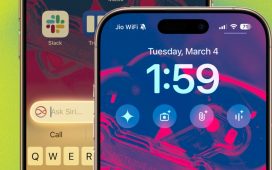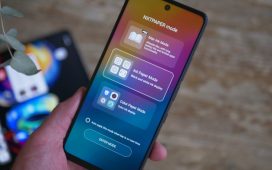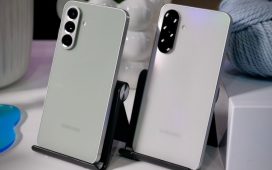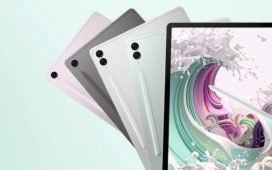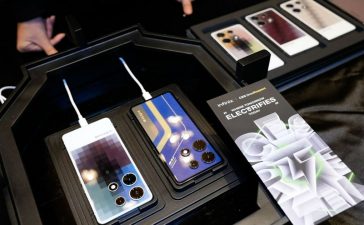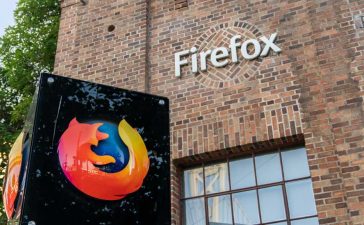No, that headline isn’t a typo. A little over a month after Android 15 was released to the masses in October, Google has already announced Android 16 and begun rolling out its first developer beta of the newest Android version.
If this seems like a much earlier release than usual, that’s because it is. We typically expect the first developer beta of the next Android update to arrive in February. For Android 16, however, Google has pushed the timeline up by a few months and launched Android 16 Developer Preview 1 in mid-November.
Why Android 16 is launching so much earlier

This begs an important question: Why the big shift in release timing? According to Google, it should make it easier (and faster) for developers to prepare their apps for new Android versions. The company says the earlier release timing is being made to “better align with the schedule of device launches across our ecosystem, so more devices can get the major release of Android sooner.” Whether this actually translates to faster Android updates remains to be seen, but that’s Google’s pitch behind the change.
The first Developer Preview for Android 16 is available today, with another one to follow in December. From there, Google will release Beta versions of Android 16 in January, February, March, and April — followed by the final release in Q2 2025.

Following Android 16’s release in Q2, Google plans to release new features only in Q3, followed by another Android release in Q4. The Q4 release will include additional new features and new developer APIs, but no planned behavior changes that will impact applications.
The idea is that by starting the Android 16 release cycle now, developers have between now and Q2 2025 to get their apps ready for the new Android version. Then, even as Google releases new features throughout Q3 and Q4, developers should have a much more manageable workload later in the year.
Furthermore, Google says it’ll continue with its usual quarterly Android releases, and that it’s “working with our device partners to bring the Q2 release to as many devices as possible.”
New features in Android 16

OK, so Android 16 is launching a lot earlier than usual. Cool! Does it come with any cool new features?
As is often the case with the first Developer Preview of a new Android version, there’s not too much in the way of new features — at least not right now. One of the most significant changes is that Android’s photo picker has a new API that will make it “feel like a more integrated part of the app.” Many apps use their own photo picker when requesting photo access, and these often request access to many more photos than what’s necessary. Android’s native one is often much more secure, and the new API should (hopefully) encourage more developers to use it in their apps.
Android 16 Developer Preview 1 also includes new APIs for reading and writing health records as part of Health Connect. Developers need to request access to use these APIs, but this will theoretically allow you to share and access your health records more easily from your Android phone — similar to how you can access health records today in Apple’s Health app.
And … that’s about it. Google will almost certainly add additional features throughout future Developer Previews and Beta releases. The primary focus of this first Developer Preview is to get APIs in developers’ hands so they can start prepping their apps ASAP.
Should you download Android 16?

Although Android 16 Developer Preview 1 is available now, should you go ahead and download it? Almost certainly not. As the name suggests, a Developer Preview is intended for developers and developers only. Especially right at the start of its release timeline, this build of Android 16 is almost certainly riddled with bugs, app compatibility problems, and performance issues.
If you have a secondary device you don’t rely on as your primary smartphone, then sure — give it a shot. But for everyone else, you’re better off watching from the sidelines until a public beta is available.

